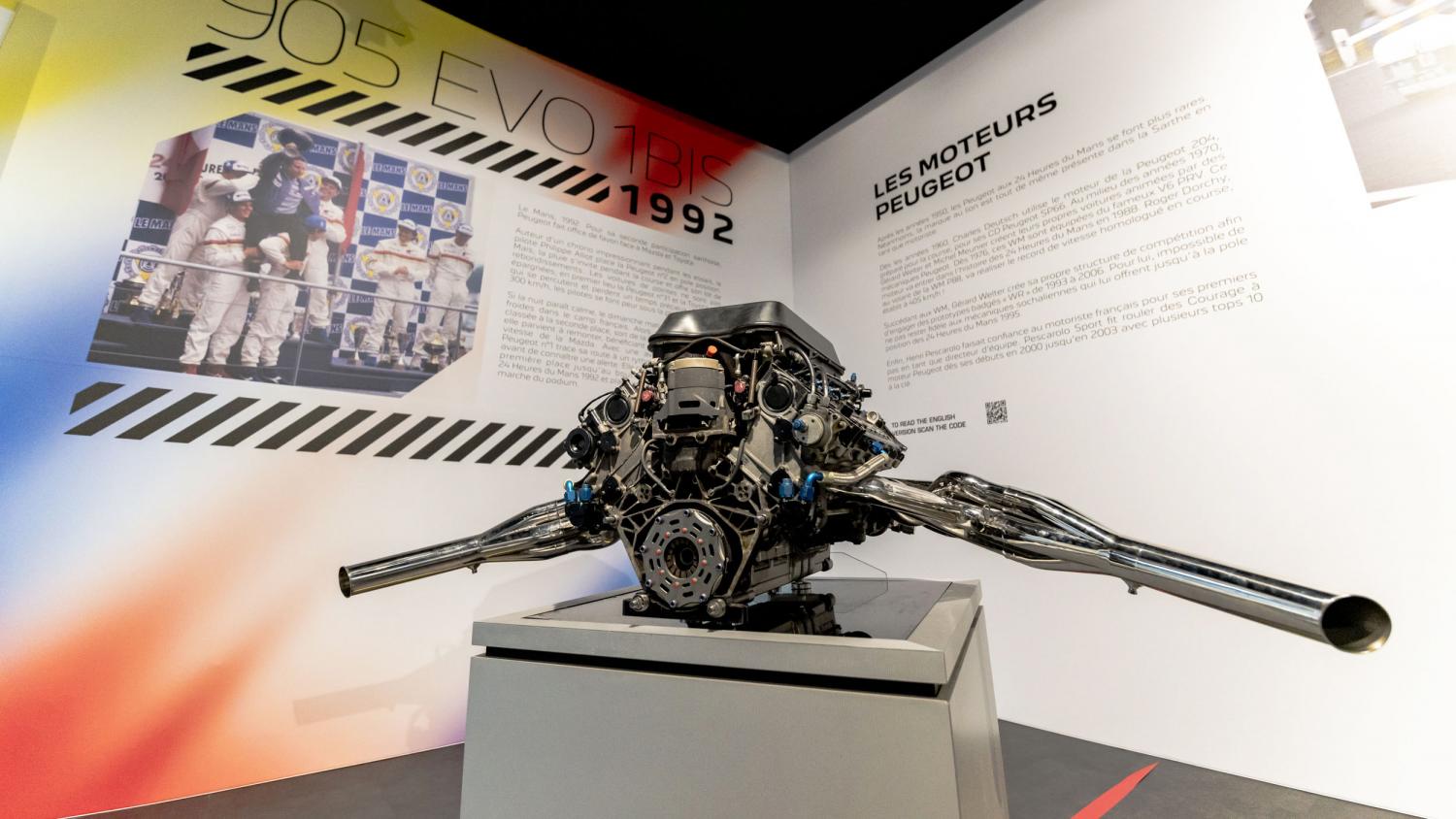Peugeot's aspirated 3.5-liter engine represents a brief period in the history of world endurance racing. Near the end of the 1980s, the FISA (Fédération Internationale du Sport Automobile) sought to align on a technical level its two flagship championships (Formula 1 and Endurance). To that end, in 1991 it was decided that both championships would be required to use aspirated 3.5-liter engines.
Peugeot opted for a V10 engine, more powerful and solid than a V8, that offered more torque than a V12, an important factor in endurance racing. It also gained optimized acceleration which had the benefit of improving traffic management. According to Peugeot engineers, the V10 also facilitated a better compromise between weight and fuel consumption.
Certain other constructors were not quite as enthustiastic. The mechanics were complex to develop and required a significant financial commitment. Though Jaguar and Mercedes did follow Peugeot's lead in 1991, they cut their participation in the championship short at the end of the season. Only Mazda maintained its involvement the next year as another Japanese manufacturer, Toyota, made its return to international endurance racing.
The duel between Peugeot and Toyota rocked the 1992 season with hints of being the last of its kind. Their rivalry culminated in a face-off at the 1993 24 Hours of Le Mans, and marked the end of atmospheric 3.5-liter engines in competition outside of Formula 1.
The temporary Peugeot Exhibition: Allure Le Mans is available for viewing at the 24 Hours Museum until 30 September.
For more info, go to the official 24 Hours Museum website.

